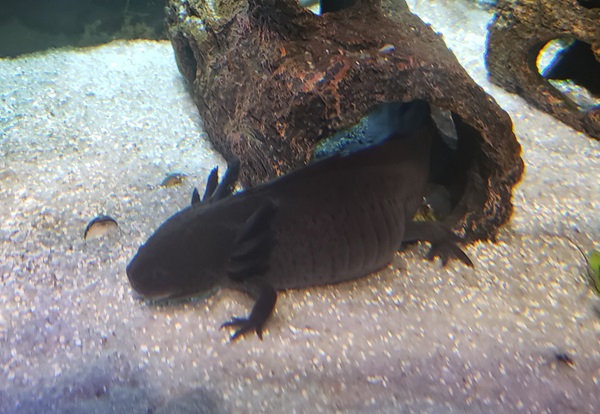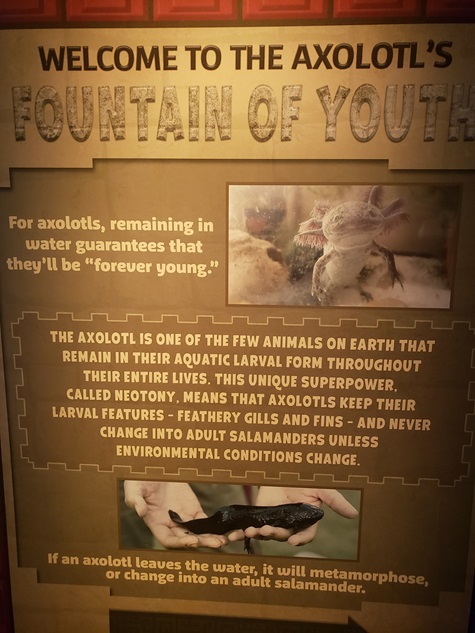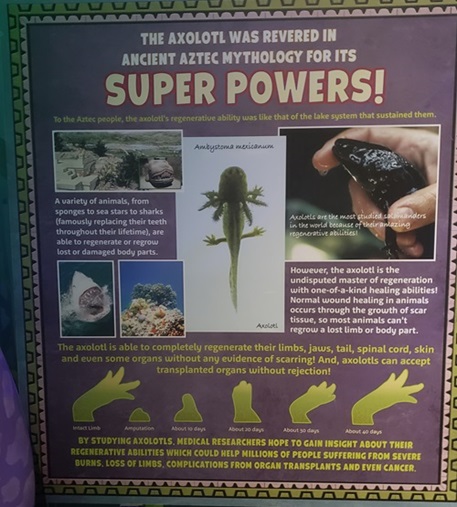Question Evolution Day 2024 - The Axolotl |
 |
|
Well, not to the satisfaction of anyone who isn't wearing their Darwin blinders and who haven't drunk the mind-killing kool-aid. You know the kook-aid that allows you to believe foolishness like things which cannot create themselves - like life and information - somehow manage to create themselves; things like order comes from chaos without an intelligence to order it; like non-material things like language and consciousness created themselves from non-living, inert matter, and so on.
So I will merely ask the questions, and leave it up to the Darwinist to provide their best answer. Of course there is no answer to these questions within an evolutionary worldview, but the attempt to create one is always entertaining. Most are so obviously foolish and untrue they are not worthy of a response, but on occasion some are m isleading enough to warrant a response we'll see if we get any on this outing. Okay, enough with the introduction, let's get to the topic of the this year's Question Evolution day. The AxolotlThis is another of God's unique
creatures. I had the pleasure of first seeing and learning about it
when I visited Sea Life in Florida last year. The picture
above is one I took, as is the poster below, which provides the
information for our questions this year. The poster reads: For axolotis, remaining in water guarantees that they'll be "forever young."
"The Axolotl is one of the few Animals on earth that remain in their aquatic larval form throughout their entire lives. This unique superpower, called neotony, means that axolotls keep their larval features - feathery gills and fins - and never change into adult salamanders unless environmental conditions change. If an axolotl leaves the water, it
will metamorphose, or change into an adult salamander."
That's just the first poster for starters. Here's one that's probably more problematic for evolutionists. I'll just quote part of this poster:
The Axolotl is able to completely regenerate their limbs, jaws, tail, spinal cord, skin and even some organs without any evidence of scarring! And, Axolotls can accept transported organs without rejection!"
Here are the questions for poster 2 on the Axolotl 4. How did this ability evolve (undesigned, unpurposed, undirected) in the first place? 5. The ability to regenerate as much and as efficiently as the axolotl is clearly a beneficial trait. If the beneficial ability to fly evolved at least four times (pterosaurs, insects, bats, birds), and the benefit of sight evolves numerous times, why hasn't the ability to regenerate like the axolotl (limbs, spinal cord, etc.) evolve more times? Why hasn't it evolved in humans?
Duane Caldwell |
February 12, 2024 Images
|
Rational Faith

